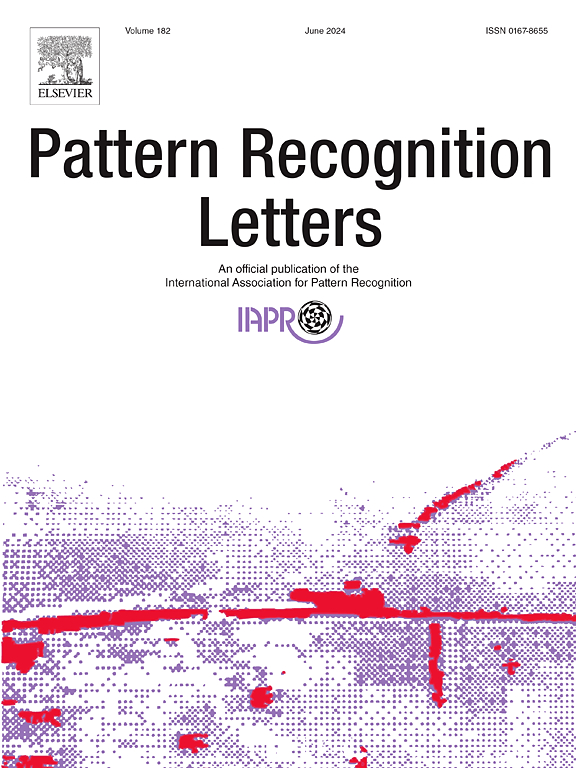IF 3.9
3区 计算机科学
Q2 COMPUTER SCIENCE, ARTIFICIAL INTELLIGENCE
引用次数: 0
摘要
连续手语识别(CSLR)涉及从视觉手语输入中检测连续词汇。虽然目前的 CSLR 方法在高频词汇(主要是连词和代词等功能词)方面表现良好,但在准确识别低频内容词方面却举步维艰,而低频内容词对于传达有意义的信息至关重要。这一挑战源于现有数据集和联结时态分类(CTC)训练程序的局限性,导致对不同语言结构的泛化能力较差。因此,CSLR 系统在现实世界中的适用性有限。在这项工作中,我们引入了细粒度跨模态一致性(FGXM)损失,这是一种旨在调整视觉和语言模型的新方法。FGXM loss 能促进视觉表征和语言表征之间的一致性,提高模型整合视觉语境和语言理解的能力。我们还提出了非加权词错误率(uWER),这是一种用于衡量 CSLR 性能的无偏指标。与传统的单词错误率(WER)不同,uWER 通过解决内容单词和函数之间的频率不平衡问题,提供了更公平的评估,从而更准确地衡量了模型在真实世界中的有效性。我们在多个数据集和模型中对我们的方法进行了广泛评估,结果表明我们的方法在准确性和数据效率方面都有显著提高。本文章由计算机程序翻译,如有差异,请以英文原文为准。

Fine-grained cross-modality consistency mining for Continuous Sign Language Recognition
Continuous Sign Language Recognition (CSLR) involves the detection of sequential glosses from visual sign inputs. While current CSLR methods perform well with high-frequency glosses – primarily functors such as conjunctions and pronouns – they struggle to accurately recognize low-frequency content words, which are essential for conveying meaningful information. This challenge arises from limitations in existing datasets and the Connectionist Temporal Classification (CTC) training procedure, leading to poor generalization to diverse linguistic structures. As a result, CSLR systems face limited applicability in real-world scenarios. In this work, we introduce the Fine-Grained Cross-modality Consistency (FGXM) loss, a novel approach designed to align visual and linguistic models. The FGXM loss encourages consistency between visual and language representations, improving the model’s ability to integrate visual context with linguistic understanding. We also propose the unweighted word error rate (uWER), an unbiased metric for CSLR performance. Unlike the conventional word error rate (WER), uWER provides a fairer evaluation by addressing the frequency imbalance between content words and functors, offering a more accurate measure of a model’s real-world effectiveness. We extensively evaluate our approach across multiple datasets and models, demonstrating significant improvements in both accuracy and data efficiency.
求助全文
通过发布文献求助,成功后即可免费获取论文全文。
去求助
来源期刊

Pattern Recognition Letters
工程技术-计算机:人工智能
CiteScore
12.40
自引率
5.90%
发文量
287
审稿时长
9.1 months
期刊介绍:
Pattern Recognition Letters aims at rapid publication of concise articles of a broad interest in pattern recognition.
Subject areas include all the current fields of interest represented by the Technical Committees of the International Association of Pattern Recognition, and other developing themes involving learning and recognition.
 求助内容:
求助内容: 应助结果提醒方式:
应助结果提醒方式:


